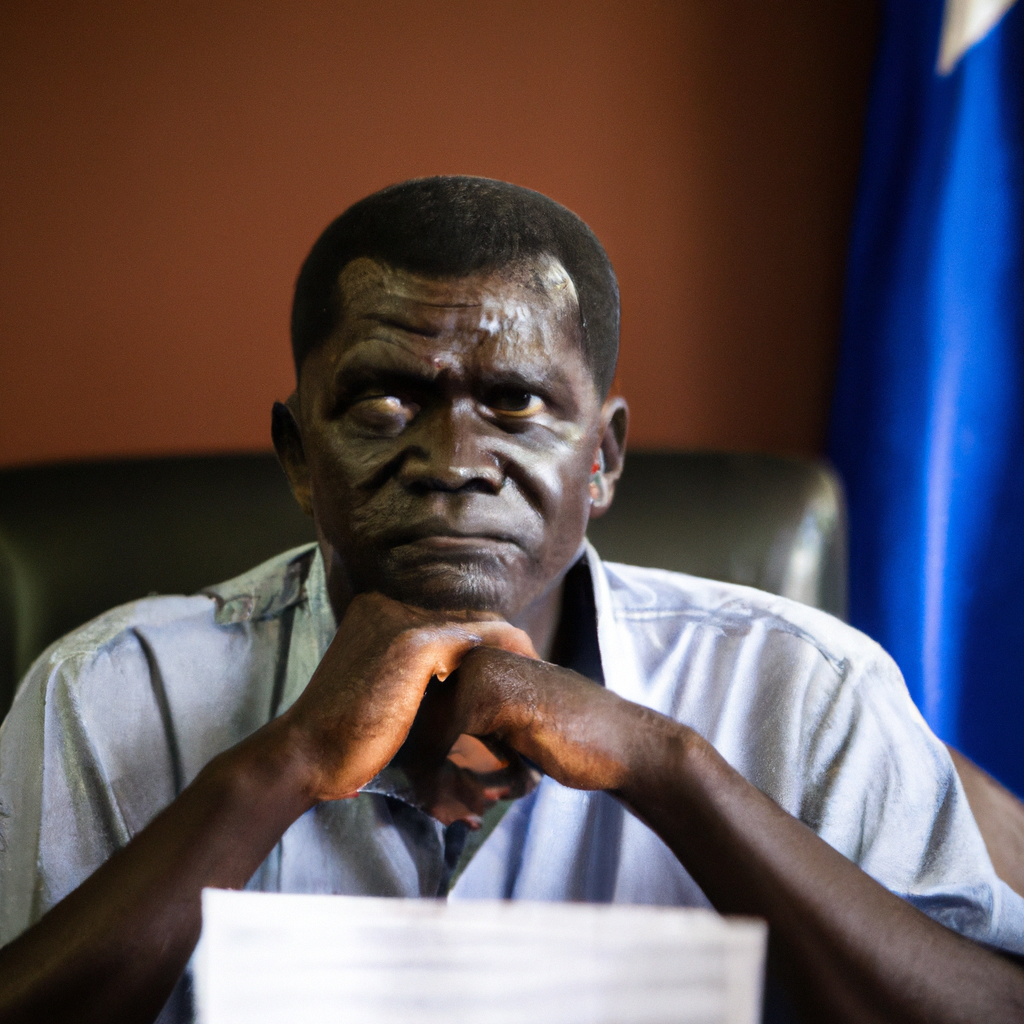A recent alarming development in Uganda has emerged as the country grapples with a resurgence of Ebola. A young child has lost their life due to the viral outbreak, bringing renewed attention to the critical state of disease surveillance and response systems throughout the nation. The child’s death underscores the ongoing risks posed by Ebola, especially in light of the country’s history with such viral outbreaks. Health officials are reiterating the need for swift action and a robust public health strategy to prevent further spread. As communities mourn this loss, the situation raises serious questions about the preparedness and resources allocated for dealing with infectious diseases.
Current Ebola Situation in Uganda
The confirmed case, which led to the child’s unfortunate death, was linked to an earlier outbreak reported in the Kasanda district. Authorities have identified several contacts who may have been exposed to the virus and are monitoring their health closely to prevent additional cases. This incident is a *stark reminder* of the challenges Uganda faces in maintaining effective disease surveillance, especially as seasonal transmission patterns change.
Ebola has repeatedly posed a significant threat to health security in Uganda. Previous outbreaks since the early 2000s have challenged medical infrastructure and public response capabilities. Health officials had celebrated a period of calm after controlling the last outbreak, but this tragic loss signals that the viral threat persists. The Ministry of Health has mobilized rapid response teams to conduct contact tracing and promote public awareness campaigns about symptom recognition and safety protocols.
Importance of Disease Surveillance
Disease surveillance plays a crucial role in identifying and responding to outbreaks swiftly. However, Uganda’s capabilities have faced considerable strain under economic pressures and resource limitations. Experts note that enhancing surveillance systems is essential for timely intervention and effective management of any potential outbreaks. The World Health Organization (WHO) has emphasized the need for strengthened health infrastructure in Uganda and other affected regions across sub-Saharan Africa.
Key strategies to bolster disease surveillance include:
- Training health workers: Increased training and education for local health workers can ensure that symptoms are recognized early and appropriately reported.
- Community engagement: Local communities must actively participate in surveillance efforts, sharing information about symptoms and potential cases to improve containment strategies.
- Utilization of technology: Implementing digital health tools can enhance data collection and information sharing among health facilities.
Despite the challenges, Uganda has made impressive strides in combatting infectious diseases over the years, but it is crucial that efforts continue. The government’s response to this recent Ebola case reveals the need for coordinated action across various sectors, including education and public health.
Implications of Recent Events
The death of the child highlights not only the reality of Ebola in Uganda but also the urgent need for comprehensive public health strategies. Stakeholders must recognize that widespread awareness and education are vital in combating misinformation and fear surrounding the virus. As health authorities work to control the current situation, it becomes increasingly important to promote resilience within communities.
The implications are profound as this situation threatens not only public health but also the economic and social stability of the affected regions. The recovery from the Ebola outbreak will depend on immediate interventions, sustained community engagement, and a long-term investment in public health systems. It is essential for Ugandans to remain vigilant and informed while authorities work tirelessly to prevent further tragedy from this virus.
In conclusion, while the recent incident is a setback for Uganda’s health initiatives, it also serves as a wake-up call for strengthened disease surveillance and community involvement. The ultimate goal must remain to protect all Ugandans against such devastating public health threats effectively.








